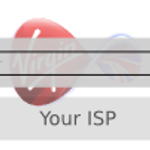
Circumvent Internet blockages/filters/censorship with socksproxy and netcat
These days, ISPs are often forced to block the access to certain sites, because their government considers these sites dangerous and/or illegal. While one could certainly discuss the usefulness of such measures in great detail, this tiny post focuses on the more interesting subject of how to circumvent these blockages. It’s not a lenghty post, and it doesn’t show all the ways there are, but I’ll show two simple ways to circumvent Internet non-DNS-based filters.


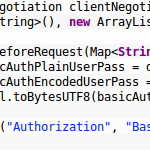
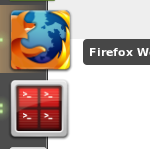
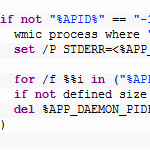
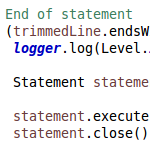
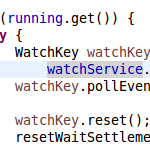
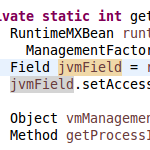
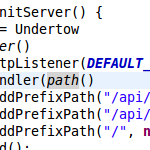
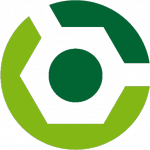
Recent Comments